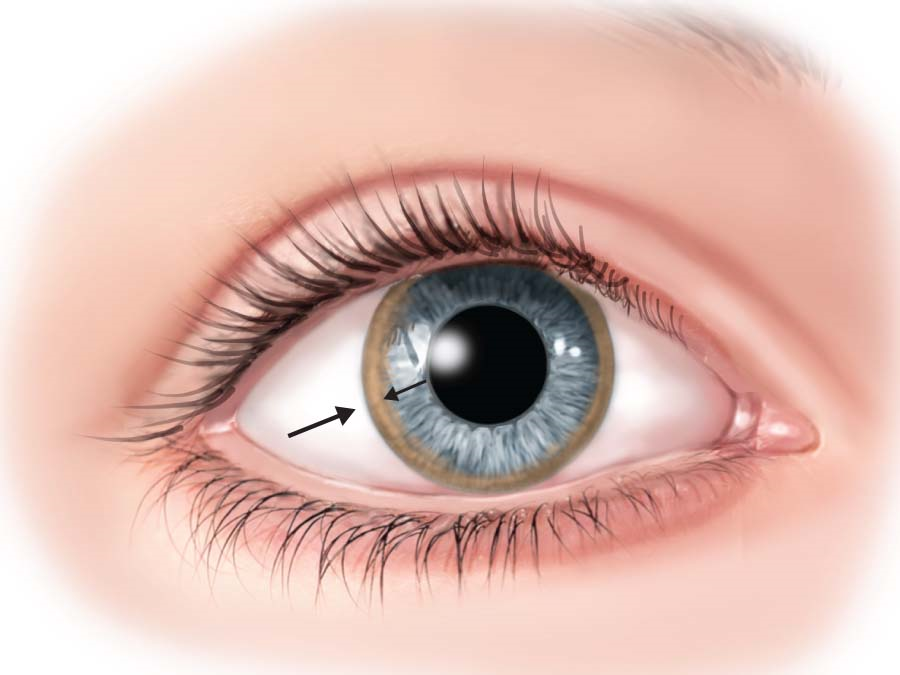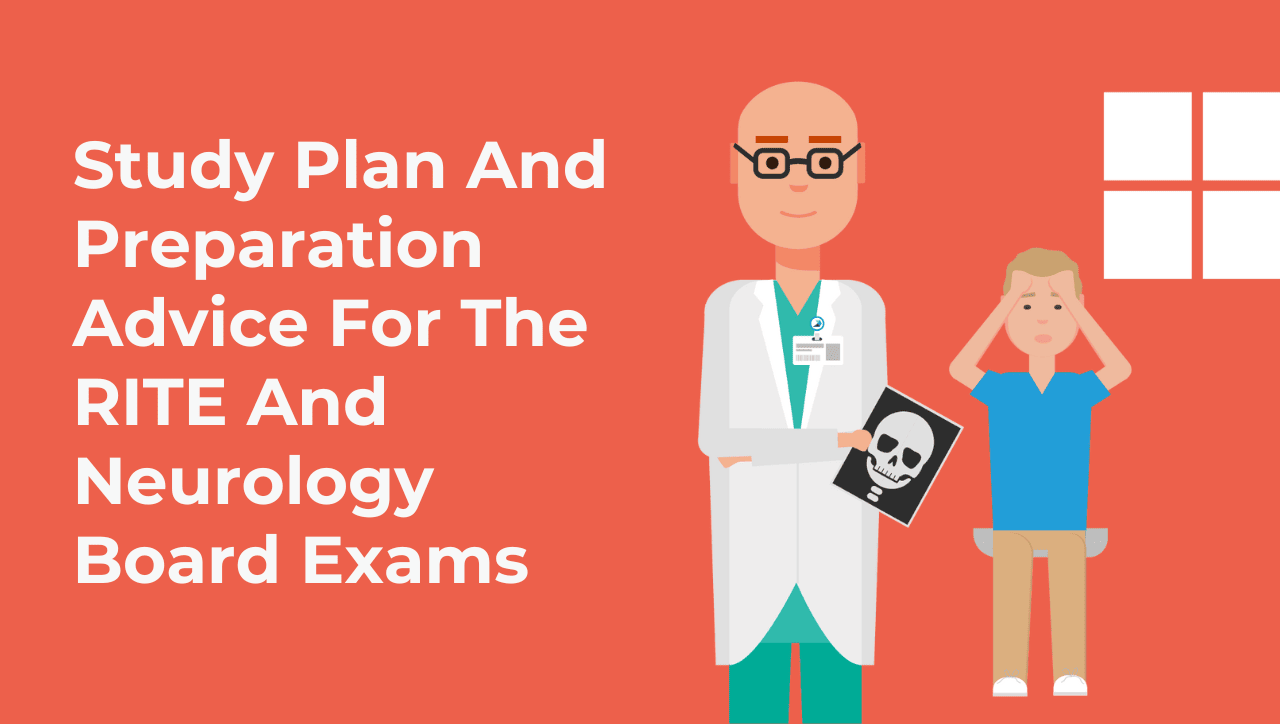2026 New Edition Neurology RITE Sample Question
Neurology RITE Exam success just got better! With updated questions, clear and concise explanations, and hundreds of visuals designed to support your exam excellence, TrueLearn’s RITE SmartBank is the top choice for your exam preparation.
Here’s what you get with the RITE SmartBank 2026 New Edition:
- 1000+ RITE Style practice questions
- 200+ questions requiring interpretation of an image
- 500+ high-yield illustrations, visuals and tables
Try This RITE Sample Question from the 2026 New Edition
A 19-year-old male presents with dysarthria and difficulty walking. On exam, he has parkinsonism and is drooling. He has a history of depression and irritability. You are told by your attending physician that he is suspected of having a copper accumulation disorder. Which of the following is most commonly seen in patients with this suspected diagnosis?.
A. Coombs-positive hemolytic anemia
B. Elevated alanine transaminase to aspartate transaminase ratio
C. Elevated ceruloplasmin and copper concentration
D. Abnormal color in the limbus of the cornea
E. Decreased urinary copper excretion
Show The Answer Key
Did you get it right? The correct answer is D.
Answer Explanation
This patient is presenting with signs and symptoms suspicious for Wilson disease. This is also known as hepatolenticular degeneration and is a rare inherited disorder that causes copper accumulation.
Nearly all (98%) of patients with Wilson disease with neurologic manifestations have Kayser-Fleischer rings. These are formed by the deposition of copper in the Descemet membrane in the limbus of the cornea and may appear a greenish-gold to brown color. Slit-lamp examination may be necessary for diagnosis. Kayser-Fleischer rings are no longer considered to be pathognomonic of Wilson disease unless the rings are accompanied by neurologic manifestations. These rings can also be seen in patients with chronic cholestatic disorders.
Mid-teens and older patients with Wilson disease are more likely to present with neurologic manifestations (compared with younger ages presenting with hepatic manifestations), with the mean age at presentation being in the upper teens.
Neurologic symptoms may be very subtle or may be rapidly progressive, leading to severe disability over the course of months. Some of the more common neurologic manifestations include dysarthria, gait abnormalities/ataxia, dystonia, tremor, parkinsonism, and drooling. Behavioral and psychiatric symptoms are also more common in patients with neurologic involvement and include depression, personality change, incongruous behavior, and irritability.

Illustration © TrueLearn, LLC
Incorrect Answer Explanations
Answer A – Coombs-positive hemolytic anemia: Although not a common finding in isolation, Coombs-negative hemolytic anemia may be the initial symptom of Wilson disease. It results from the effects of excess copper ions on the red blood cell membrane in the circulation due to hepatic copper release after cellular necrosis. Thrombocytopenia may also be seen, which can indicate hypersplenism due to portal hypertension.
Answer B – Elevated alanine transaminase to aspartate transaminase ratio: The aspartate transaminase to alanine transaminase ratio is often > 2 in patients with Wilson disease.
Answer C – Elevated ceruloplasmin and copper concentration: Approximately 90% of patients with Wilson disease have low serum ceruloplasmin levels, which is the major carrier of copper in the blood.
Answer E – Decreased urinary copper excretion: Kayser-Fleischer rings are a characteristic feature of Wilson disease and are seen in approximately 98% of patients with neurologic manifestations and approximately 50% of patients with hepatic manifestations.
Bottom Line
Kayser-Fleischer rings are a characteristic feature of Wilson disease and are seen in approximately 98% of patients with neurologic manifestations and approximately 50% of patients with hepatic manifestations.


![How I Studied for the Neurology RITE<em>®</em> Exam [Study Tips Series]](https://truelearn.com/wp-content/uploads/2020/11/Featured-Image-04-scaled.jpg)